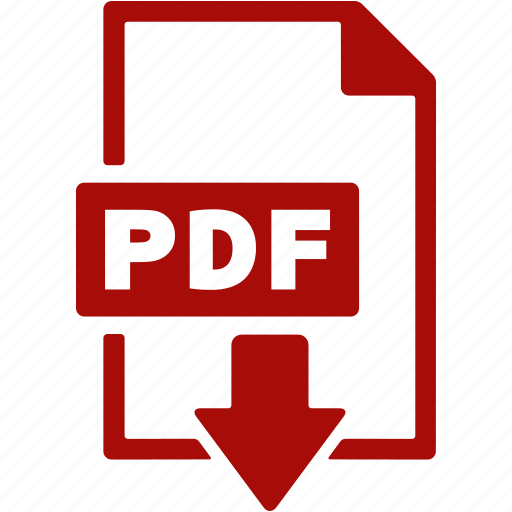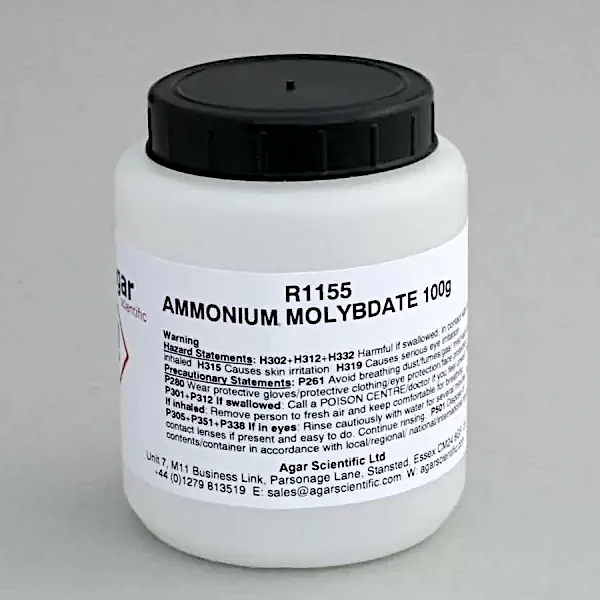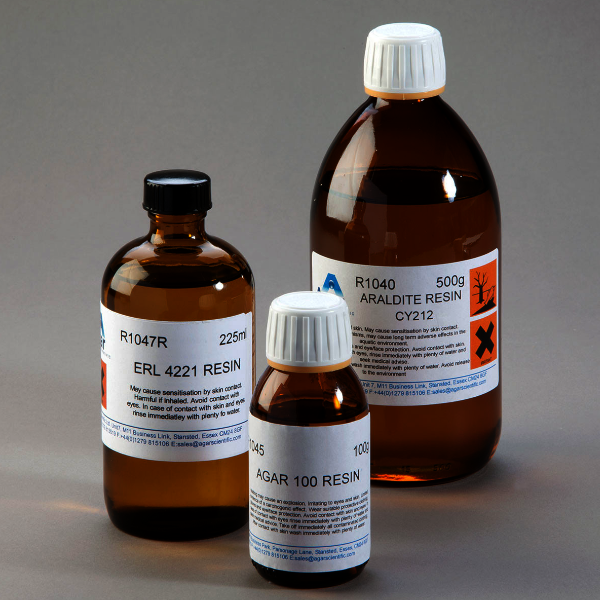Products
Stains for EM
- Apertures
- Apertures 1,85 x 0,1mm
- Apertures 2,0 x 0,1mm
- Apertures 2,0 x 0,25mm
- Apertures 2,0 x 0,6mm
- Apertures 3,0 x 0,1mm
- Apertures 3,0 x 0,25mm
- Apertures 3,04 x 0,25mm
- Apertures 4,0 x 0,2mm
- Apertures 4,0 x 0,6mm
- Apertures 6.35 x 0.02mm
- Apertures 6,35 x 0,125mm
- Apertures 10,0 x 0,1mm
- Apertures 10,0 x 0,6mm
- Apertures 12,0 x 0,1mm
- Apertures 19,99 x 0,25mm
- Gilded strip apertures
- Multihole Strip Apertures
- Spray Apertures
- Thin Foil Apertures
- Tantalum Wehnelt
- Top Hat Apertures
- Aperture Cleaning
- Brushes
- Calibration
- GSR & Particle Analysis
- Light Microscopy
- SEM Calibration
- (CD) Calibration Test
- Back Scattered Electron Test
- Boron substrates
- Chessy test specimen
- Critical Dimension Magnification Standards
- Demonstration Specimens
- Glass size standards
- Gold on Carbon
- Gold Spheres on Carbon
- Line/Grid Standards
- Low & Medium Magnification
- MRS-3
- MRS-4
- MRS-6
- Multi Calibration Standard
- Polystyrene Spheres
- Silicon test specimen
- Tin on Carbon
- TEM Calibration
- Chemicals
- Cleaning
- Cryo Products
- Desiccators Cabinets
- Diamond Knives
- Dissection
- Embedding
- FIB Supplies
- Filaments
- Forensics
- General Lab Supplies
- Applicator, Sticks and Swabs
- Beakers, Cylinders and Containers
- Cell Strainer System
- Dishes and Boats
- Glass Bottom Dishes
- Laboratory Glassware
- Laboratory Tongs
- Microscopy Illuminators
- Microwave Specimen Holders
- Parafilm M®, Melinex Film
- PELCO Rotators
- Petri Dishes
- Pocket Scales
- Spatulas & Spoons
- Storage Jars, Containers & Bottles
- Thermometers
- Timers
- Ultraviolet Lamps
- Vials, Tubes and Cups
- Wire Mesh
- Gloves
- Grids
- Histology
- Immersion Oils
- Laboratory Tape
- Microscope Slides
- Pipettes and Pipettors
- PTFE Laboratory Products
- Razor- Microtome Blades
- Safety Products
- Slide Boxes, Trays & Mailers
- Slide Labels
- Spatulas and Spoons
- Staining
- Weighing Dishes
- Carbon tabs, tapes & sheets
- Mount Storage Boxes
- Planchets
- Replication Materials
- Scintillators
- Specimen Mount Grippers
- Specimen Preparation Stations
- Starter Kits
- Stubs, Mounts and Holders
- M4 Threaded, Cylinder, and Other Stubs
- Bulk Specimen Holders, M4
- Carbon Planchet Holders, M4
- Carbon, Brass, and Copper Mounts
- Cross Section Holders
- Cylinder Specimen Mounts
- E-Beam Lithography Mount, M4
- EBSD Pre-tilt Holders & Mounts, M4
- Filter Holders, M4
- Flat Sample Clip Holders
- Hitachi T-base Specimen Holders
- Metallographic Mount Holders
- Modular Stage Adapters, M4
- Mount Adapters, M4
- Multipurpose Specimen Holder
- Pin Stub Holders, M4
- Q Pin Mounts and Holders
- Rectangular Mounts
- SEMClamp Holders, M4
- SEMClip Cylinder Mounts
- SEMClip Geological
- STEM Imaging Holder, M4
- TEM Grid Holder, M4
- Tilt Specimen Holders
- Vise Type Holders
- Wafer & Large Sample Holders
- Pin Stubs Specimen Mounts and Holders
- Adapter Buttons
- Angled Pin Stub Holders
- Bulk Specimen Holders with Pin
- Carbon, Brass, and Copper, SEM Mounts
- E-Beam Lithography Mount
- EBSD Pre-tilt Holders & Mounts
- FIB Grid Holders
- Filter Holders, Pin
- Jeol Specimen Holders
- Low Profile FIB Mounts
- Low Profile SEMClip
- Metallographic Mount Holders
- Modular Stage Adapters
- Mount Adapters
- Multi Purpose / Bulk Holders
- Multi-Pin Stub Holders
- Pin Stub Specimen mounts
- Planchet Holders
- Q Pin Stubs and Holders
- Sample Holder Sets
- SEMClamp Holders
- SEMClip Pin Mounts
- Slotted Pin Stubs
- STEM Imaging Holder
- TEM Grid Holders
- Thin Section Holders
- Variable Tilt Holders
- Vise Clamp Holders
- Wafer Holders with Pin
- M4 Threaded, Cylinder, and Other Stubs
- Cabinets for Tissue Cassettes
- Cardboard, Tin Boxes & Cans
- Gel-Pak® Substrate Carriers
- Grid Storage Boxes
- Compact Modular Cabinet
- Plastic Jars, Containers & Bottles
- Membrane Boxes
- Plastic Storage Boxes
- Slide Boxes, Trays and Mailers
- Mount Storage Boxes
- Wafer Carrier Trays
- PELCO X-TREME Cases
- Zipper, Barrier Bags
- Accessories
- Aesculap® – Forceps
- Aquarius Tweezers
- Cantilever Tweezers
- Carbon Fibre tweezers
- Dumont™ Tweezers
- General Purpose Forceps
- Industrial, Economy Tweezers
- Mount Grippers
- PELCO Tweezers
- Plastic Tipped ESD Tweezers
- Plastic Tweezers, Flat & Sharp
- Plastic, Wafer Tip Styles
- Surgical Tissue Forceps
- Wafer Tweezers
- Wafer, Component, Cover Glass
- Wire Cutting Tweezers
- Zirconia Ceramic Tweezers
Description
Stains for electron microscopy
All stains are EM grade
| Ammonium molybdate | – | Irritant. Negative stain. |
| Indium trichloride | – | Corrosive. Metal stain for nucleic acids. |
| Lanthanum nitrate | – | Oxidising, irritant. Used to prepare colloidal lanthanum hydroxidecontaining fixatives for the demonstration of intercellular spaces. |
| Lead acetate. Toxic | – | Metal stain for TEM, used for in-block and thin section staining. |
| Lead citrate | – | Toxic. For the preparation of a simplified lead stain. The most widely used metal stain for ultrathin sections. Lead Citrate is a restricted chemical and can only be shipped within the EU. |
| Lead nitrate | – | Oxidising, toxic. Metal stain for ultrathin sections. |
| Methylamine Tungstate | – | 1g |
| Phosphomolybdic acid | – | Oxidising, corrosive. Positive and negative stain. |
| Phosphotungstic acid | – | Corrosive. Positive and negative stain. |
| Potassium pyroantimonate | – | Harmful |
| Ruthenium red | – | Positive stain. |
| Sodium silicotungstate | – | Negative stain. |
| Uranyl acetate | – | Very toxic, radioactive. Universal stain for thin sections, in-block staining and negative staining. |
Technical Note
Methylamine tungstate is an excellent negative stain.
Unlike phosphotungstic acid, it does not damage virus particles and is consequently valuable for staining delicate viruses.
Contrast is good, though not as good as that obtained with uranyl stains; the resolution is good, and the material wets grid films and specimens very well.
See Faberge A.C. and Olivier R.M., Microscopie 20, 242, 1974 for application to plant viruses.
 | Download Technical Note |
MSDS
 | Download Material Safety Data Sheet – AGR1156 Ammonium molybdate |
 | Download Material Safety Data Sheet – AGR1209 Lead Acetate |
 | Download Material Safety Data Sheet – AGR1213 Phosphotungstic Acid Hydrate |
 | Download Material Safety Data Sheet – AGR1214 Potassium Pyroantimonate |
| Art. | Description | Unit | Price | Quantity | |
|---|---|---|---|---|---|
| R1155 | Ammonium Molybdate | 100g | p.o.r. | ||
| R1156 | Ammonium Molybdate | 25g | p.o.r. | ||
| R1205 | Indium Trichloride | 10g | p.o.r. | ||
| R1207 | Lanthanum Nitrate | 25g | p.o.r. | ||
| R1209 | Lead Acetate | 250g | p.o.r. | ||
| R1210 | Lead Citrate | 50g | p.o.r. | ||
| R1217 | Lead Nitrate | 500g | p.o.r. | ||
| R1212 | Phosphomolybdic Acid | 25g | p.o.r. | ||
| R1213 | Phosphotungstic Acid | 25g | p.o.r. | ||
| R1214 | Potassium Pyroantimonate | 100g | p.o.r. | ||
| R1226 | Ruthenium Red | 1g | p.o.r. | ||
| R1227 | Ruthenium Red | 100mg | p.o.r. | ||
| R1230 | Sodium Silicotungstate | 25g | p.o.r. | ||
| R1260A | Uranyl Acetate | 25g | p.o.r. |
Description
We can offer three alternatives to Uranyl Acetate for territories where shipping of radioactive substances is prohibitive.
These alternatives to Uranyl Acetate are non radioactive EM grade universal stains.
UA-Zero is a patented solution developed as a direct substitute for Uranyl Acetate.
UA-Zero does not contain any radioactive material and is non-toxic.
It can be used as a direct replacement for Uranyl Acetate with no changes to standard user protocols and delivers high contrast imaging.
AGR1260D is a mixture of lanthanum, samarium and gadolinium salts.
Technical Note
EM Stain 336 is a mixture of lanthanum salts, samarium triacetate (Sm(CH3COO)3) and gadolinium triacetate Gd(CHVCOO)3).
Both are reasonably soluble in water showing a neutral pH at room temperature.
Whilst initial staining of sections may not quite equal that of uranyl salts, post staining with osmium tetroxide before embedding increases the stain density dramatically.
Standard protocols for specimen fixation can be followed but best results will be attained if post fixation using 1% osmium tetroxide (OsO4) is undertaken before embedding and staining.
Method for Staining Sections
Dilute the original EM Stain 336 4 x with distilled water.
Place drops of the diluted stain on a dental wax sheet and invert the grids containing the sections onto the drops. Staining time is normally around 30 minutes at room temperature but can be shortened or extended according to section requirements.
Grids should be washed preferably by running distilled water down between the tines of the handling tweezers otherwise grids should be dipped at least three times in fresh distilled water.
MSDS
 | Download Material Safety Data Sheet – AGR1000 UA-Zero EM Stain |
 | Download Material Safety Data Sheet – AGR1260C Platinum Blue Uranyl Acetate Alternative |
 | Download Material Safety Data Sheet – AGR1260D EM Stain 336 Uranyl Acetate Alternative |
| Art. | Description | Unit | Price | Quantity | |
|---|---|---|---|---|---|
| R1260D | EM Stain 336 Uranyl Acetate Alternative | 25ml | p.o.r. | ||
| R1000 | UA-Zero EM Stain | 25ml | p.o.r. |


